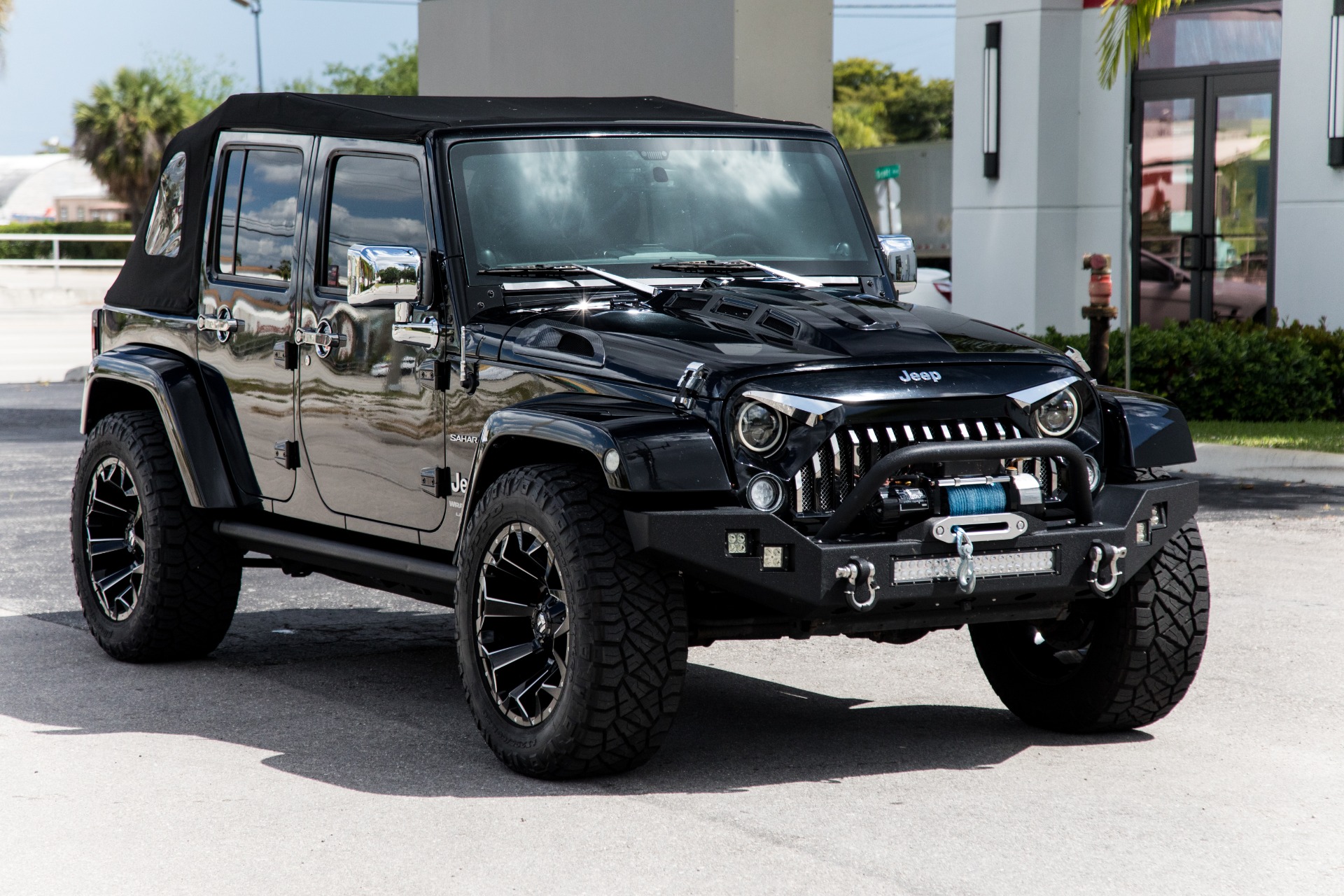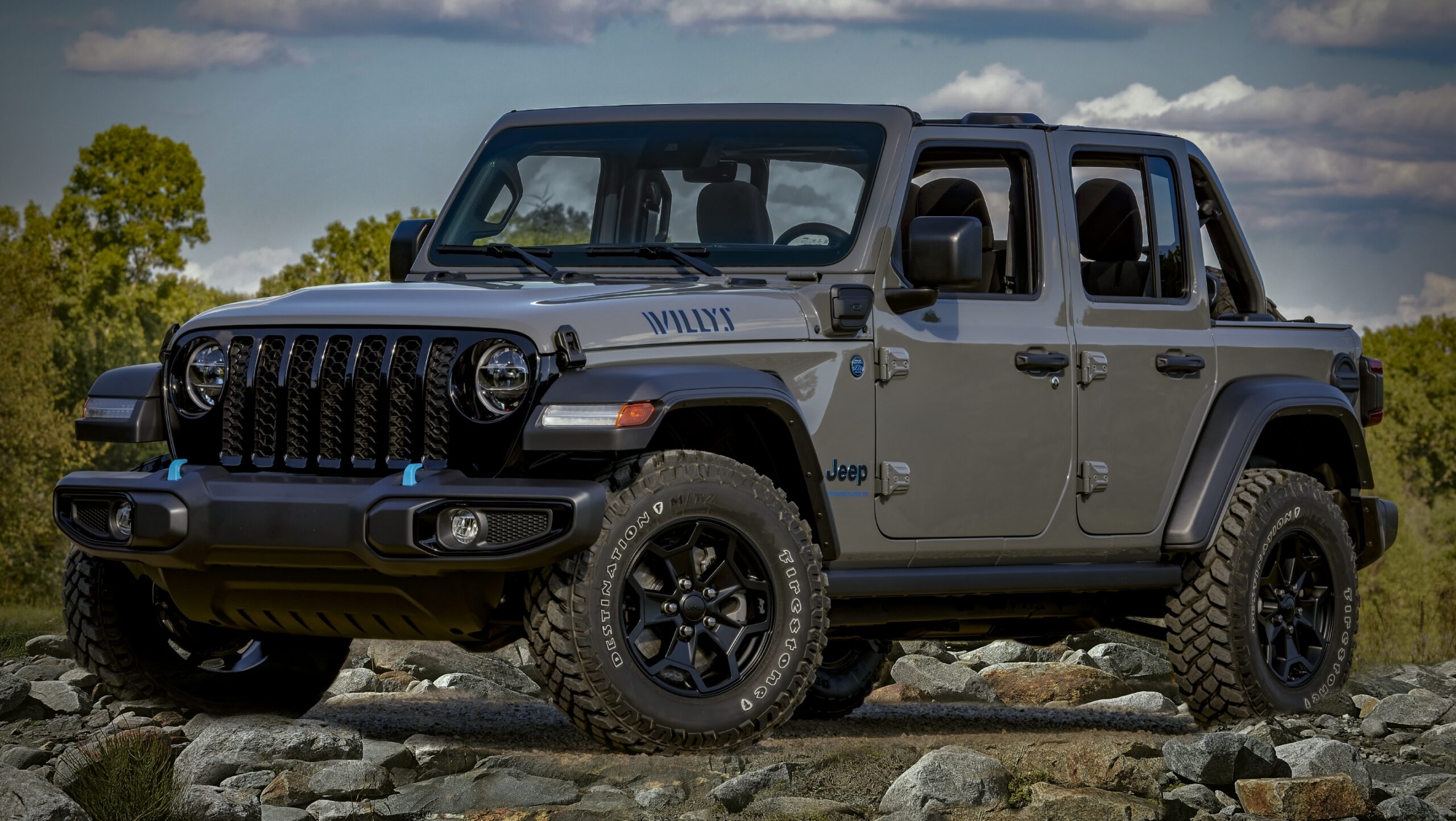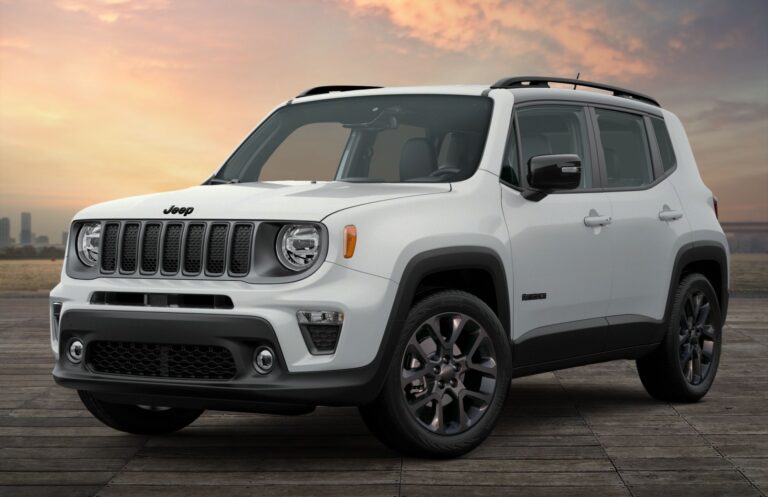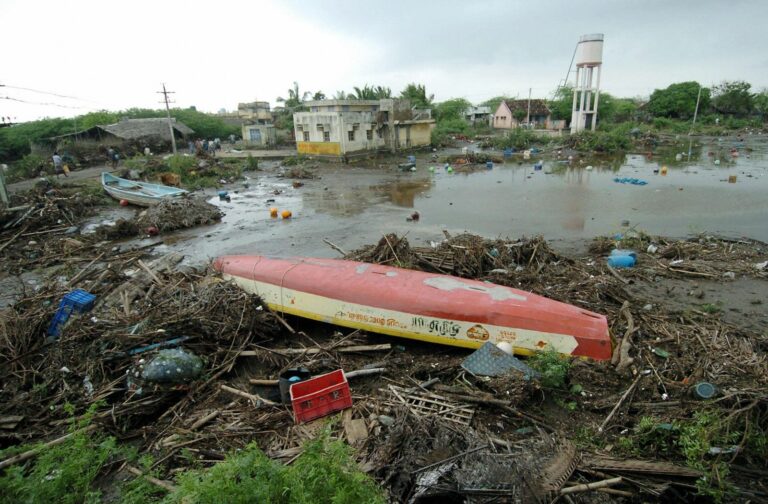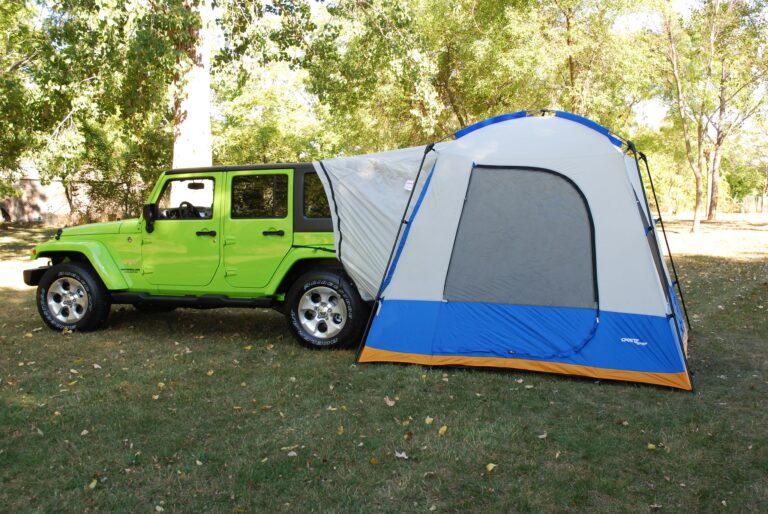Wrangler Jeep Hard Top: The Definitive Guide to Durability, Security, and Comfort
Wrangler Jeep Hard Top: The Definitive Guide to Durability, Security, and Comfort jeeps.truckstrend.com
The Jeep Wrangler, an icon of adventure and off-road prowess, offers unparalleled freedom with its removable tops and doors. While the soft top embodies the ultimate open-air experience, the Wrangler Jeep Hard Top stands as a testament to durability, security, and year-round comfort. Far more than just a roof, a hard top transforms your Wrangler into a more versatile, secure, and refined vehicle, ready to tackle any weather condition or urban challenge with equal aplomb. For many Jeep owners, the decision to invest in a hard top is about striking a perfect balance between the rugged spirit of the Wrangler and the practicalities of daily driving and extended adventures.
This comprehensive guide will delve into every facet of the Wrangler Jeep Hard Top, from its fundamental benefits and various types to installation nuances, maintenance tips, and crucial considerations, ensuring you have all the information needed to make an informed decision and maximize your Jeep experience.
Wrangler Jeep Hard Top: The Definitive Guide to Durability, Security, and Comfort
What is a Wrangler Jeep Hard Top? Unpacking its Core
At its essence, a Wrangler Jeep Hard Top is a rigid, multi-piece roof system designed to replace the standard soft top on a Jeep Wrangler. Typically constructed from fiberglass, composite materials, or durable ABS plastic, these tops are engineered for superior strength, weather resistance, and noise reduction compared to their fabric counterparts. Modern Wrangler hard tops, particularly those found on JK and JL models, often feature a modular design, such as the popular "Freedom Top" system. This innovative design allows for quick and easy removal of front panels, offering a taste of open-air driving without the full commitment of removing the entire top. The rear section, comprising the main roof and a liftgate, provides the bulk of the structural integrity and security.
Why Choose a Hard Top? Unpacking the Benefits
The appeal of a Wrangler hard top extends far beyond mere aesthetics. It offers a multitude of tangible advantages that significantly enhance the ownership experience:
1. Superior Security
One of the most compelling reasons for a hard top is enhanced security. Unlike fabric soft tops, which are vulnerable to slashing and forced entry, a rigid hard top provides a much stronger barrier against theft and vandalism. The solid construction and lockable rear tailgate offer peace of mind, especially when parking in urban areas or storing valuable gear inside your Jeep.
![]()
2. Enhanced Weather Protection
From torrential downpours and biting winds to heavy snow and scorching sun, a hard top offers vastly superior insulation and protection from the elements. Its rigid structure prevents flapping, reduces drafts, and provides better sealing around windows and doors, keeping the interior drier and more comfortable in adverse weather.
3. Reduced Cabin Noise
For those who use their Wrangler as a daily driver or embark on long highway journeys, the reduction in road and wind noise is a game-changer. The solid construction and insulated nature of a hard top significantly dampen exterior sounds, leading to a quieter, more refined cabin experience that makes conversations easier and music more enjoyable.
4. Increased Durability and Longevity

Built to withstand the rigors of off-roading and everyday use, hard tops are inherently more durable than soft tops. They are less susceptible to tears, fading, and degradation from UV exposure, meaning they will maintain their appearance and functionality for many years with proper care. This contributes to the overall longevity and resale value of your vehicle.
5. Improved Climate Control Efficiency
The insulating properties of a hard top help maintain interior temperatures more effectively. In winter, it keeps heat in, and in summer, it helps the air conditioning system work more efficiently, leading to greater comfort for occupants and potentially better fuel economy due to less strain on the HVAC system.
6. Greater Customization and Accessory Options
Many hard tops come with or can accommodate roof racks, allowing you to carry additional gear, kayaks, bikes, or even rooftop tents. This expands the utility of your Wrangler, making it an even more capable adventure vehicle.

Types and Configurations: Finding Your Perfect Fit
Wrangler hard tops come in various forms, primarily categorized by their origin and design:
1. OEM (Original Equipment Manufacturer) Hard Tops
These are the tops that come directly from Jeep (Mopar). They are designed specifically for your Wrangler model (TJ, JK, JL), ensuring a perfect fit, color match, and integration with the vehicle’s systems. OEM tops often feature the modular "Freedom Top" panels for quick front-panel removal. They are known for their quality and fitment but typically come at a higher price point.
2. Aftermarket Hard Tops
A thriving aftermarket industry offers a wide array of hard top options from brands like Bestop, Smittybilt, Rally Tops, and more. These tops can vary significantly in material (fiberglass, ABS plastic), design, and price. Some mimic the OEM look, while others offer unique features like improved visibility, lightweight designs, or different textures. Aftermarket tops provide greater customization and often more budget-friendly alternatives.
3. Material Variations
- Fiberglass: Common for both OEM and aftermarket, known for rigidity and paintability.
- ABS Plastic: Lighter than fiberglass, often used in aftermarket tops, can be textured or smooth.
- Textured vs. Painted: Hard tops often come in a textured black finish or can be painted to match your Jeep’s body color. Painted tops offer a more integrated, premium look.
4. Modular vs. Single-Piece Designs
While modern Wranglers (JK, JL) primarily use modular hard tops with removable front panels, older models (TJ, YJ) might have single-piece tops that require full removal for any open-air experience. The modular design offers significant convenience.
Installation and Removal: A Step-by-Step Guide
While daunting for some, installing or removing a Wrangler hard top is a manageable process, though it often requires assistance due to the top’s weight and bulk.
Tools and Preparation:
- Torx bit set (T30, T40, T50): Essential for removing bolts.
- Socket wrench or impact driver: To speed up bolt removal.
- Two or more people: Highly recommended for safety and ease.
- Clean, flat surface: For storing the top safely.
- Hard Top Hoist (optional but recommended): For solo removal and easy storage.
Removal Process (General for JK/JL):
- Remove Freedom Panels: Unlatch and remove the two front panels (if applicable). Store them safely.
- Disconnect Electrical (if applicable): For rear defroster, wiper, and washer fluid lines, carefully disconnect the quick-disconnect harness usually located on the driver’s side near the tailgate.
- Unbolt the Hard Top: Locate and remove the bolts securing the hard top to the body tub. There are typically 6-8 bolts (e.g., T40 or T50) around the perimeter.
- Open the Tailgate and Rear Window: This provides clearance.
- Lift and Remove: With at least one other person (or using a hoist), carefully lift the hard top straight up and off the Jeep. Ensure it clears all edges and components.
- Store Safely: Place the hard top on a flat, padded surface or hang it from a hoist. Ensure it’s stable and protected from damage.
Installation Process:
Installation is essentially the reverse of removal. Ensure proper alignment, carefully lower the top, secure all bolts, reconnect electrical connections, and reinstall the Freedom Panels. Always double-check all connections and bolts before driving.
Maintaining Your Hard Top: Longevity and Performance
Proper maintenance is crucial for the longevity and performance of your Wrangler hard top:
- Regular Cleaning: Wash your hard top with mild automotive soap and water to remove dirt, grime, and environmental contaminants. Avoid abrasive cleaners that can damage the finish.
- Seal Inspection: Periodically inspect the rubber seals around the windows, doors, and the hard top’s base. These seals are vital for preventing leaks. Clean them and apply a silicone-based conditioner to keep them pliable and prevent cracking. Replace any worn or damaged seals promptly.
- Bolt Check: Occasionally check the hard top bolts for tightness, especially after off-roading or rough terrain.
- Window Care: Clean windows with automotive glass cleaner. For plastic windows (if applicable), use specialized plastic cleaners to prevent scratching.
- Proper Storage: When removed, store your hard top in a cool, dry place away from direct sunlight. Use a hard top cart or hoist for safe and organized storage. Avoid stacking heavy items on top of it.
Key Considerations Before You Buy
Before committing to a Wrangler hard top, weigh these important factors:
- Cost: Hard tops represent a significant investment, ranging from hundreds to thousands of dollars depending on OEM vs. aftermarket, new vs. used, and features.
- Weight: Hard tops are heavy, typically ranging from 100-200 lbs or more for the entire assembly. This impacts removal/installation ease and slightly affects fuel economy.
- Storage: When removed, a hard top requires considerable storage space. Do you have a garage, shed, or dedicated area? Consider a hoist system for convenient storage and removal.
- Compatibility: Ensure the hard top is compatible with your specific Wrangler model year (TJ, JK, JL) and body style (2-door vs. 4-door).
- Resale Value: A well-maintained hard top can add to your Jeep’s resale value, especially if it’s an OEM unit.
Common Challenges and Smart Solutions
Even with their advantages, hard tops can present minor challenges:
- Leaks: The most common complaint.
- Solution: Regularly inspect and clean seals. Ensure bolts are tightened correctly. Aftermarket tops might require extra seal kits. Check for cracked seals or misaligned panels.
- Difficult Removal/Installation: The weight makes it a two-person (or more) job.
- Solution: Invest in a garage hoist system. Recruit a friend. Consider quick-release bolts or specialized removal tools.
- Storage Space: It takes up a lot of room.
- Solution: Hard top hoists (ceiling-mounted), hard top carts/dollies for garage floor storage.
- Scratches/Damage: Can occur during removal, installation, or off-roading.
- Solution: Use padding when storing. Be careful during handling. For minor scratches, touch-up paint or detailing products can help. For deep damage, professional repair might be needed.
Making the Right Choice: Practical Advice
- Consider Your Climate: If you live in an area with harsh winters or frequent rain, a hard top is almost a necessity for comfort and protection.
- Daily Driver vs. Weekend Warrior: For a daily driver, the reduced noise and improved climate control of a hard top make it a more comfortable commute. For a dedicated trail rig, the ability to quickly swap tops might be less critical.
- Budget: Determine how much you’re willing to spend. Used OEM tops can be a great value, but inspect them thoroughly for damage and leaks. Aftermarket options offer a wider price range.
- Trial Run: If possible, experience a Jeep with a hard top before buying. Drive it on the highway to gauge the noise reduction and overall feel.
Wrangler Jeep Hard Top Price Table
Please note: Prices are estimates and can vary significantly based on model year, condition (new/used), seller, location, and specific features. OEM tops generally command higher prices than most aftermarket options. Installation costs are typically separate if not DIY.
| Hard Top Type | Description | Estimated Price Range (USD) | Key Features/Notes |
|---|---|---|---|
| OEM Mopar Hard Top | Factory-installed or genuine Mopar replacement. Available in textured or painted. | $2,500 – $6,000+ | Perfect fit, high quality, often includes Freedom Panels, rear defroster, wiper, washer. |
| Aftermarket (Basic) | Entry-level fiberglass/ABS tops (e.g., Bestop Trektop Pro Hybrid, Smittybilt). | $1,500 – $3,000 | Good value, often textured black, may or may not include advanced features. |
| Aftermarket (Premium) | Higher-end fiberglass/composite tops (e.g., Rally Tops, certain Bestop models). | $3,000 – $5,000+ | Improved insulation, unique designs, more features, sometimes painted options. |
| Used OEM Hard Top | Second-hand factory hard tops, often from owners upgrading or selling their Jeep. | $1,000 – $3,500 | Excellent value if in good condition. Inspect thoroughly for cracks, leaks, and damage. |
| Hard Top Hoist System | Ceiling-mounted lift system for easy solo removal and storage. | $150 – $500 | Essential for convenient handling and storage; manual or electric options. |
| Hard Top Dolly/Cart | Wheeled cart for moving and storing the hard top on the ground. | $100 – $300 | Useful for garage storage when not using a hoist. |
Frequently Asked Questions (FAQ) about Wrangler Jeep Hard Top
Q1: Can I install a Wrangler hard top by myself?
A1: While technically possible with a specialized hoist system, it is highly recommended to have at least two people for safe removal and installation due to the hard top’s weight and bulk. Without a hoist, it’s generally a 2-3 person job.
Q2: How much does a Wrangler hard top weigh?
A2: A 2-door hard top typically weighs around 100-120 lbs, while a 4-door hard top can weigh between 140-180 lbs, depending on the model and features.
Q3: Do hard tops leak?
A3: While less prone to leaks than soft tops, hard tops can still leak if the seals are old, damaged, or not properly seated. Regular inspection and maintenance of seals are crucial. Aftermarket tops might require extra attention to sealing during installation.
Q4: Is a hard top better than a soft top for winter?
A4: Absolutely. Hard tops provide superior insulation, better protection from snow and ice, reduced wind noise, and better retention of heat inside the cabin, making them significantly more comfortable and practical for winter driving.
Q5: Can I switch between a hard top and a soft top?
A5: Yes, Wranglers are designed for easy interchangeability between hard tops and soft tops. Many owners have both and swap them out seasonally or based on their needs.
Q6: Does a hard top affect fuel economy?
A6: The additional weight and slightly different aerodynamics of a hard top can marginally impact fuel economy, but the effect is usually minimal compared to other factors like tire size, lift kits, and driving style.
Q7: How do I store my hard top when it’s off the Jeep?
A7: The best options are a ceiling-mounted hard top hoist (manual or electric) for easy lifting and overhead storage, or a hard top dolly/cart for ground-level storage in a garage or shed. Ensure it’s stored on a flat, padded surface to prevent damage.
Conclusion: The Hard Top Advantage
The Wrangler Jeep Hard Top is more than just an accessory; it’s a transformative component that significantly enhances the comfort, security, and versatility of your iconic off-roader. While the allure of the open-air soft top is undeniable, the hard top provides a robust solution for those seeking year-round usability, a quieter ride, and increased protection for their beloved Jeep. From its rugged construction and insulating properties to the added peace of mind it offers, investing in a hard top is a practical decision that amplifies the legendary go-anywhere spirit of the Wrangler with a touch of modern refinement. Whether you’re commuting to work, embarking on a cross-country adventure, or simply navigating daily life, the hard top ensures your Jeep Wrangler is always ready for whatever the road—or the elements—throws its way.
